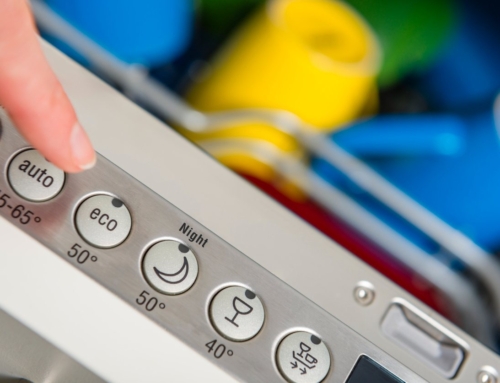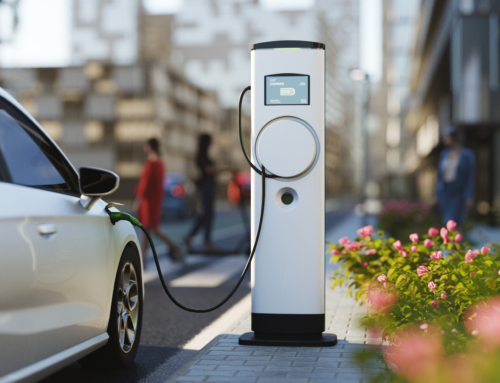Choosing a new vehicle can be difficult if you are not sure exactly what you are looking for. Eco-friendly cars are no different. While more people are turning to green energy options, there is still some confusion about how to choose the right products.
You may want to find just the right option that will still do its job well, without harming the environment. When it comes to cars, we all have specific wants, and it can difficult to find them all in a neat, eco-friendly package.
To help you make the best car purchase for your needs and for the environment, this article will give you some attractive options to consider. But first, ask yourself the following questions.
What is its Purpose?
The first item to consider is always what the function of the vehicle will be. If you need room for a large family, you won’t want to look for a smaller vehicle simply for lower gas mileage. However, if you are single or have a small family, then a smaller vehicle may be more eco-friendly than the larger models. You also want to consider whether you need storage space or towing capacity to perform daily duties, as well as where you will be driving the most. The type of driving you will be doing will factor into which car is best for you because different cars perform more efficiently in different settings.
Urban
In an urban setting, you will generally be involved in a lot of stop-and-go traffic. When a car begins to move from a stopped position, the engine has to work harder to get it going, which burns more fuel. If most of your driving is done in urban areas, choose a car that has an easier time accelerating from a full stop, like smaller cars, cars with smaller engines, and cars with automatic transmissions.
Suburban
If you will be traveling to and from the suburbs, or in other words, spending a lot of your commute on highways or freeways, then you will do better with a more powerful engine. When there is less stop and go traffic and more open driving, the engine does not need to work as quickly. Manual transmissions are also a good option for suburban driving.
Rural
Driving in a rural setting uses a combination of urban and suburban styles. There may be frequent stopping, as well as long stretches of uninterrupted road. There may also be dirt roads, steep hills, and other harsh conditions. Choose a car that has a good suspension and strong tires, plus a powerful engine to withstand the wear and tear.
What Will it Cost?
The next factor to consider is the cost required to maintain different types of eco-friendly cars. Some may need to be serviced at the dealer, rather than a local mechanic, and some may use higher costing fuel. Others have add-ons or cost more up-front. Do your research and ask questions before making a decision, so you know exactly what to expect from your vehicle purchase.
Types of Eco-Friendly Cars
Many vehicles use fuel-efficient systems, which are a step in the right direction, but not exactly eco-friendly. While they do reduce the number of emissions from the vehicle, they do not eliminate them altogether. Check out some of the alternatives below.
Bio-Diesel
Bio-diesel fuel burns cleaner than gasoline, emitting nitrous oxide, and is made from vegetables, sort of like vegetable oil. Engines that use bio-diesel fuel last much longer than gas-fueled engines and get high gas mileage. The downside is that this type of fuel costs the same as, or more than, regular gasoline because it is more expensive to produce.
Electric
Electric vehicles are becoming more popular because they do not emit any pollution into the air. They can be charged using a simple wall outlet, but you can also use a charging station, which is more effective. They are great for going short distances because they require no gasoline, but their range is limited according to the power of the battery, sometimes less than 100 miles between charges and even less in cold weather.
Unfortunately, the initial cost for an electric car is higher than other vehicles, and you will spend another two to three thousand dollars on a charging port. It can also be difficult to find public charging stations as there are not many available yet, which means long journeys are not always feasible. But if you have a relatively short daily commute and can charge your electric vehicle at home, this may be the perfect option.
Hybrid
A hybrid is a vehicle with a combination of a combustion engine and an electric one. A hybrid is great because you can drive using only the battery until it dies, then switch to using conventional gasoline. This type of engine also gets good gas mileage and has zero emissions when running on electricity. It does still have some low emissions when using gasoline, however. They also may have higher maintenance costs, and there is the additional cost of the charging port mentioned above.
Understanding Fuel-Economy

The numbers you see and hear from automotive manufacturers and advertisers about miles per gallon come from a test conducted by the Environmental Protection Agency (EPA). “City MPG” refers to the number of miles a car can get while driving in an urban setting, or when your car is frequently in a stop and go situation like rush hour traffic. “Highway MPG” refers to suburban and rural driving, or situations where your car has had a minute to warm up and then is driven on highways and faster roads with fewer stops. These numbers are used as a reference point to compare the different gas mileages of different car models. You can find out the gas mileage numbers for any vehicle at fueleconomy.gov.
Being Eco-Conscious At Home
In addition to choosing eco-friendly cars, there are things you can do in your home to help the environment. Spring Power & Gas offers eco-conscious options to offset carbon emissions. Learn more about us and how you can incorporate eco-friendly gas and electricity to power your home. Get more tips and information on the Spring Power & Gas Blog and check out the energy plans Spring Power & Gas has to offer!




![Top 11 Sustainable Building Practices for Eco-Homes [Plus 5 Sustainable Materials]](https://springpowerandgas.us/wp-content/uploads/2023/02/iStock-181062267-500x383.jpg)

